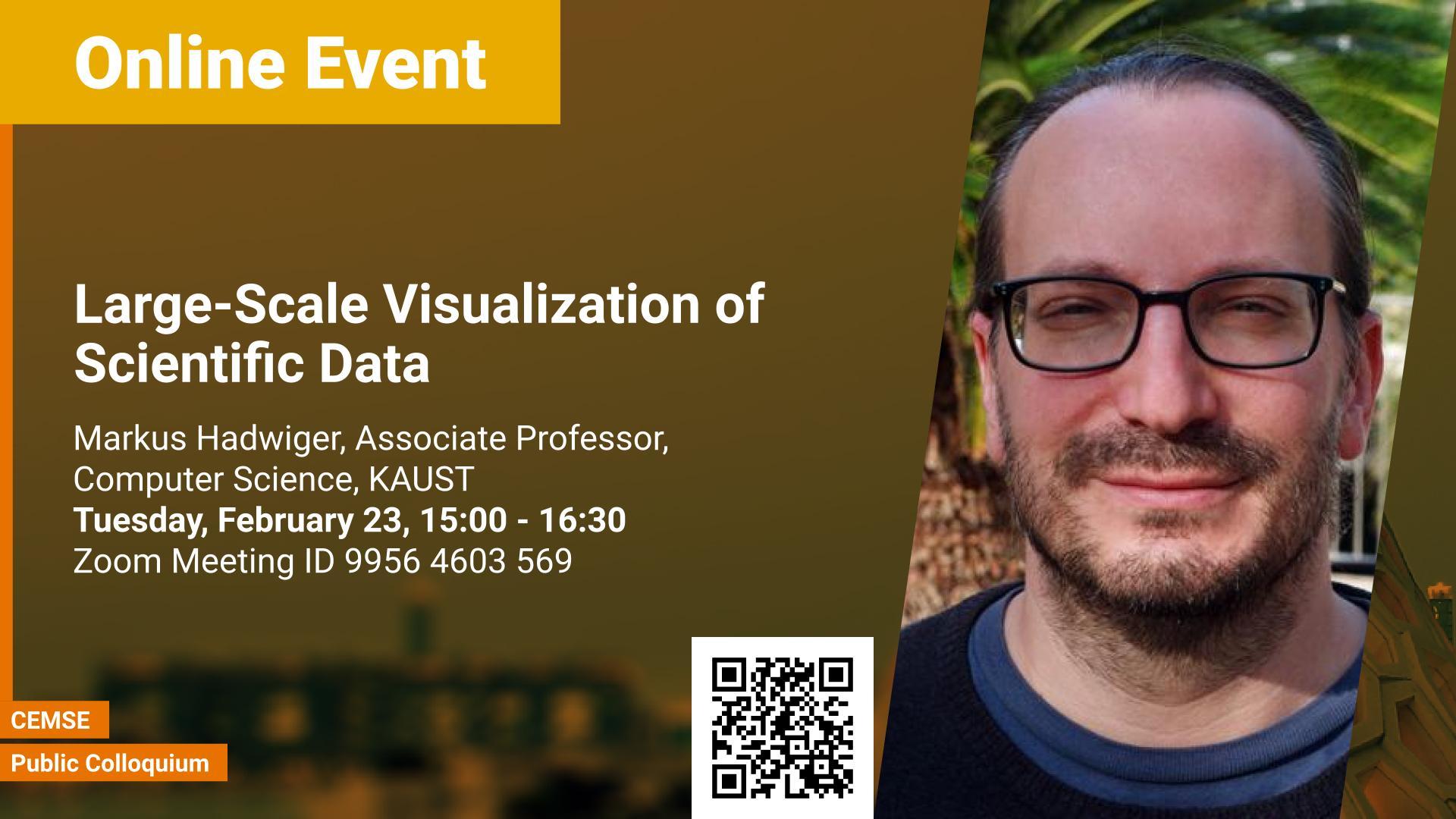Abstract
"A picture is worth a thousand words", and by going beyond static images, interactive visualization has become crucial to exploring, analyzing, and understanding large-scale scientific data. This is true for many areas of science and engineering, such as high-resolution imaging in neuroscience or materials science, as well as in large-scale fluid simulations of the Earth’s atmosphere and oceans, or of trillion-cell oil reservoirs. However, the fact that the amount of data in data-driven sciences is increasing rapidly toward the petascale, and further, presents a tremendous challenge to interactive visualization and analysis. Nowadays, an important enabler of interactivity is often the parallel processing power of GPUs, which, however, requires well-designed customized data structures and algorithms. Furthermore, scientific data sets do not only get larger, they also get more and more complex, and thus have become very hard to interpret and analyze.
In this talk, I will give an overview of the research of my group in large-scale scientific visualization, from data structures and algorithms that enable petascale visualization on GPUs, to novel visual abstractions for interactive analysis of highly complex structures in neuroscience, to novel mathematical techniques that leverage differential geometric methods for the detection and visualization of features in large, complex fluid dynamics data on curved surfaces such as the Earth.
Brief Biography
Markus Hadwiger is an Associate Professor in CEMSE/CS and the Visual Computing Center (VCC) at KAUST, which he joined in October 2009. He leads the High-Performance Visualization research group at VCC. His research interests in the area of extreme-scale visual computing and scientific visualization, in particular volume visualization, flow visualization, medical and biological visualization, differential geometry and mathematical physics in visualization, image and volume processing, multi-resolution techniques, data streaming and out-of-core processing, interactive segmentation, and GPU algorithms and architecture. He is a co-author of the book Real-Time Volume Graphics published in 2006, and has been involved in many courses and tutorials about volume rendering and visualization at ACM SIGGRAPH, ACM SIGGRAPH Asia, IEEE Visualization, and Eurographics.
